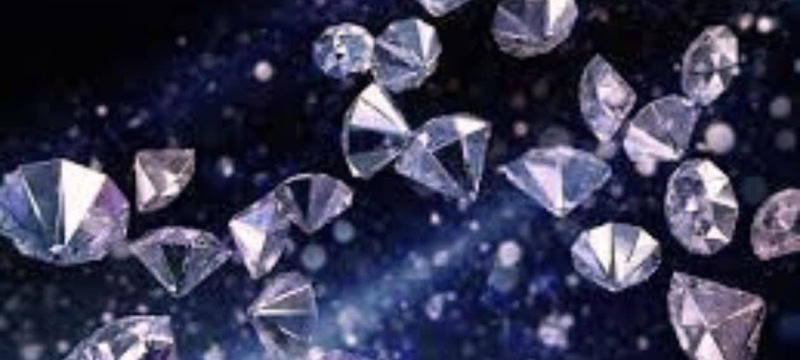Although Mercury is the smallest planet in the solar system, it may conceal a significant secret. New research suggests that Mercury could have a diamond layer beneath its crust, potentially up to 10 miles (18 km) thick.
Scientists from China and Belgium, using data from NASA’s MESSENGER spacecraft collected between 2004 and 2015, proposed this idea about the planet’s internal structure.
Read more: Planet Experienced Its Warmest Day Ever Recorded
They believe this diamond layer could have formed through two processes: the crystallization of the magma ocean, which likely created only a thin diamond layer at the core/mantle boundary, and more importantly, the crystallization of Mercury’s metal core, which has gradually solidified since the planet’s formation about 4.5 billion years ago.

The new study, published on June 14, proposes that under immense pressure, carbon in Mercury’s mantle may have transformed into diamond. This diamond then ascended to form a layer between the core and mantle.
To test this theory, scientists used a large-volume press to simulate the extreme pressures and temperatures found inside Mercury. They subjected synthetic magnesium silicate to seven gigapascals of pressure and heated it to 2,177°C (3,950°F) to replicate the conditions of Mercury’s early formation and observe diamond formation.
According to Mr. Namur, these findings could reveal differences in the formation processes of Mercury compared to other planets like Earth and Mars. Previous research has suggested that Earth might hold over a quadrillion tonnes of diamond buried more than 160 km (100 miles) deep, far beyond the reach of current drilling technology.









